The input opamp has a GBW of 38 MHz, approx. 45.5 dB of open-loop forward gain at 200 kHz (datasheet chart). The circuit has a gain of 150, or 43.5 dB. This leaves only 2 dB for negative feedback to close and stabilize the loop, and that is not enough. The output impedance will be much higher than the assumed zero ohms, affecting overall gain stability, loop stability, and the loop filter (OA1 output impedance and C5) time constant. Consider breaking the input stage into two amps in series so that each one has at least 20 dB of negative feedback at the maximum frequency of interest.
I recommend a two-stage input amplifier, with both stages non-inverting at a gain of 22 dB. The first stage is a fixed-gain amplifier/buffer to present a constant input impedance to the signal source and a constant output impedance to the voltage-variable attenuator. Then, a series resistor and shunt n-channel MOSFET (as described by James) into the second fixed-gain stage to make up the required total forward gain. The output of the second stage drives the rectifier and filter.
You don't say what the input signal voltage amplitude range is, or what the signal source output impedance is, so these parameters might change the input stage design. You also don't give any information about the AGC loop performance, such as its attack and release times for large changes in signal amplitude. These affect the detector and loop filter component values.
